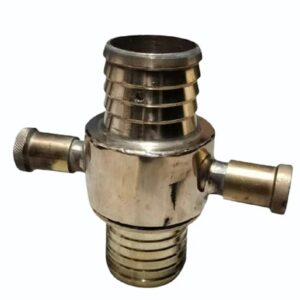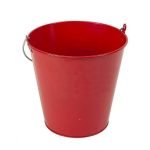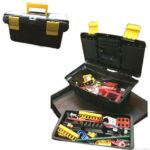Your list is empty, add products to the list to send a request
How to use a full body harness?

05
Jan
Staying safe while working at heights is a top priority, and a full-body harness is an essential piece of equipment that provides the protection you need. Whether you’re a construction worker, a window cleaner, or someone involved in industrial maintenance, knowing how to properly use a full-body harness can be a lifesaver—literally.
This guide will walk you through the basics of full-body harnesses, their importance, and step-by-step instructions on how to wear and use one correctly. By the end, you’ll have a clear understanding of how to protect yourself while working at heights, ensuring both safety and confidence on the job.
What Is a Full-Body Harness?
A full-body harness is a safety device designed to prevent falls and minimize injuries during high-risk activities. It secures the worker’s torso, legs, and shoulders with straps, evenly distributing force during a fall to prevent serious injury.
Benefits of Using a Full-Body Harness
- Fall Protection: Keeps you securely attached to an anchor point to prevent falls.
- Comfort: Properly adjusted harnesses reduce strain and improve mobility.
- Compliance: Meets safety standards required for specific industries.
Step 1: Inspect Your Harness Before Use
Before putting on your harness, always perform a thorough inspection.
What to Look For:
- Straps: Check for cuts, fraying, or tears.
- Buckles and D-rings: Ensure they are free of rust, cracks, or deformities.
- Labels: Verify that all labels and markings are intact for inspection and compliance purposes.
Pro Tip: If you find any damage, do not use the harness. Report it to your supervisor or replace it immediately.
Step 2: Understand the Components of a Full-Body Harness
Knowing the parts of the harness is crucial for proper use:
- Shoulder Straps: Run over your shoulders to distribute weight.
- Chest Strap: Secures the harness around your upper body.
- Leg Straps: Go around your thighs to keep the harness snug.
- D-Ring: The attachment point, usually located on the back or chest, connects to a lanyard or lifeline.
Step 3: How to Wear a Full-Body Harness
Step-by-Step Instructions:
- Hold the Harness by the D-Ring: This allows you to untangle the straps easily.
- Slip It Over Your Shoulders: Position the shoulder straps like you’re putting on a backpack.
- Connect the Chest Strap: Fasten and adjust it across your chest, ensuring it’s snug but not too tight.
- Fasten the Leg Straps: Secure them around your thighs and adjust for comfort.
- Adjust the Fit: Tighten all straps until the harness fits snugly, but make sure you can still move comfortably.
Checklist for a Proper Fit:
- The D-ring should rest between your shoulder blades.
- Chest strap should be at mid-chest level, not near your throat.
- Leg straps should not restrict circulation.
Step 4: Attach to an Anchor Point
Once the harness is on and adjusted, it’s time to connect it to an anchor point.
How to Attach Correctly:
- Use a lanyard or lifeline with a carabiner to connect the D-ring to the anchor point.
- Ensure the anchor point is secure, stable, and capable of supporting the required load.
Important Tip: Always check that the anchor point complies with industry safety standards.
Real-World Applications of Full-Body Harnesses
Common Industries:
- Construction: For roofing, scaffolding, and bridge work.
- Oil and Gas: Ensures safety during rig maintenance.
- Tree Care: Protects arborists while pruning trees.
Example:
In a construction site scenario, workers use a full-body harness connected to a fall arrest system. This setup prevents them from falling off scaffolding, ensuring their safety throughout the project.
Maintaining Your Full-Body Harness
Regular maintenance extends the lifespan of your harness and ensures it works when you need it.
Cleaning Tips:
- Wipe down straps with mild soap and water.
- Avoid harsh chemicals that can weaken the material.
- Let it air-dry completely before storage.
Storage Guidelines:
- Store in a cool, dry place, away from direct sunlight.
- Keep it free of dirt and moisture to prevent deterioration.
FAQs About Full-Body Harnesses
1. How tight should the harness straps be?
The straps should be snug but not so tight that they restrict movement or circulation.
2. Can I use a damaged harness?
No. Any sign of damage means the harness is unsafe to use and should be replaced.
3. Do I need training to use a harness?
Yes, proper training is essential for effective use and compliance with safety regulations.
Conclusion
Using a full-body harness correctly can mean the difference between life and death when working at heights. By inspecting your harness, understanding its components, wearing it properly, and maintaining it, you can ensure maximum safety on the job.If you found this guide helpful, check out other safety equipment tips on our website or contact us for more information. Stay safe and secure at every height.



























